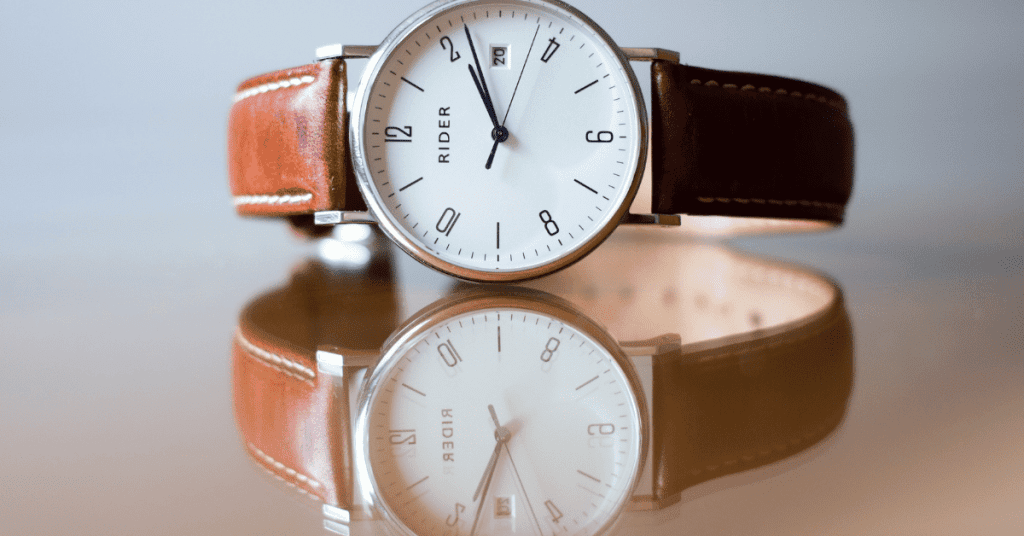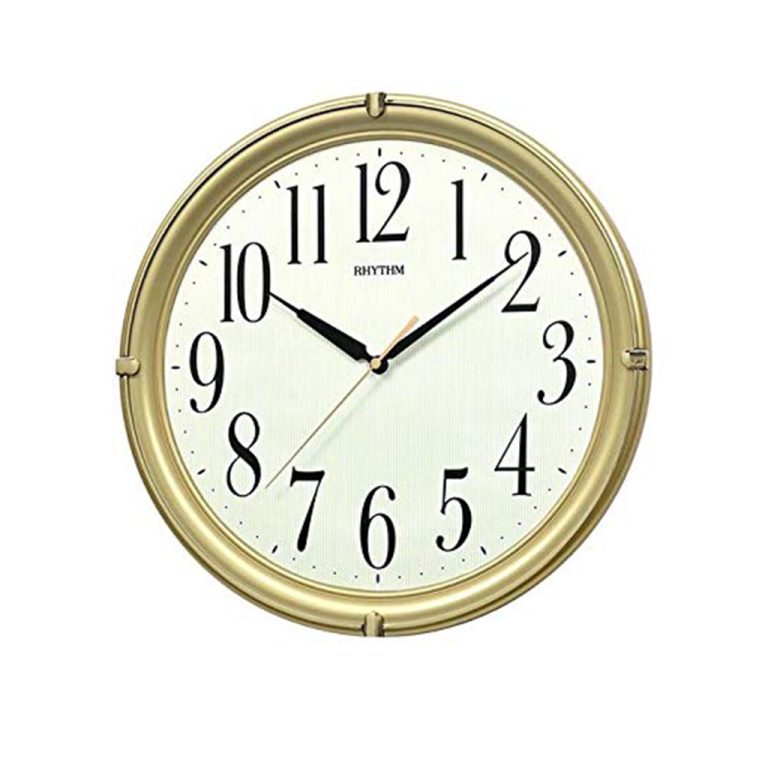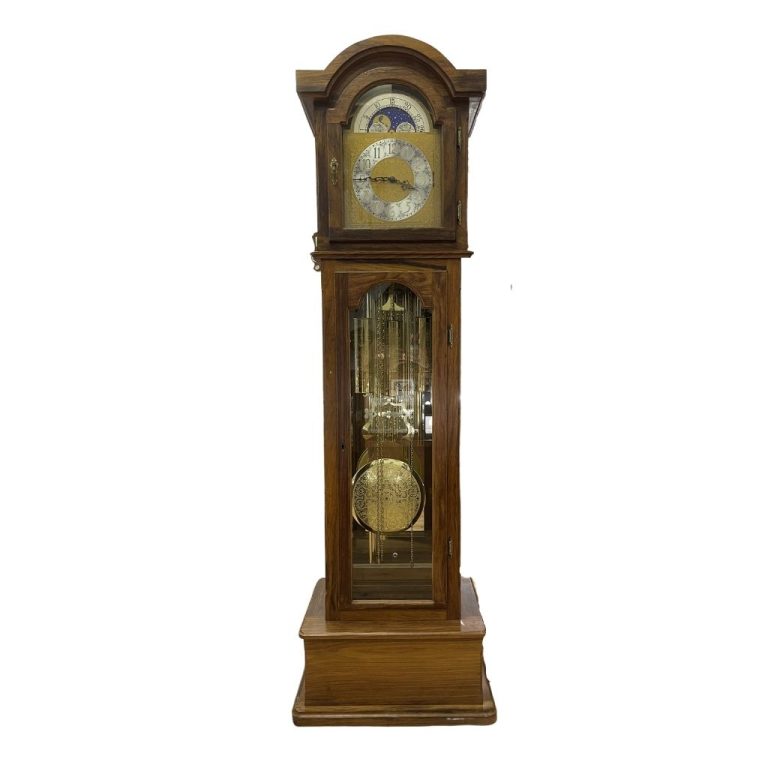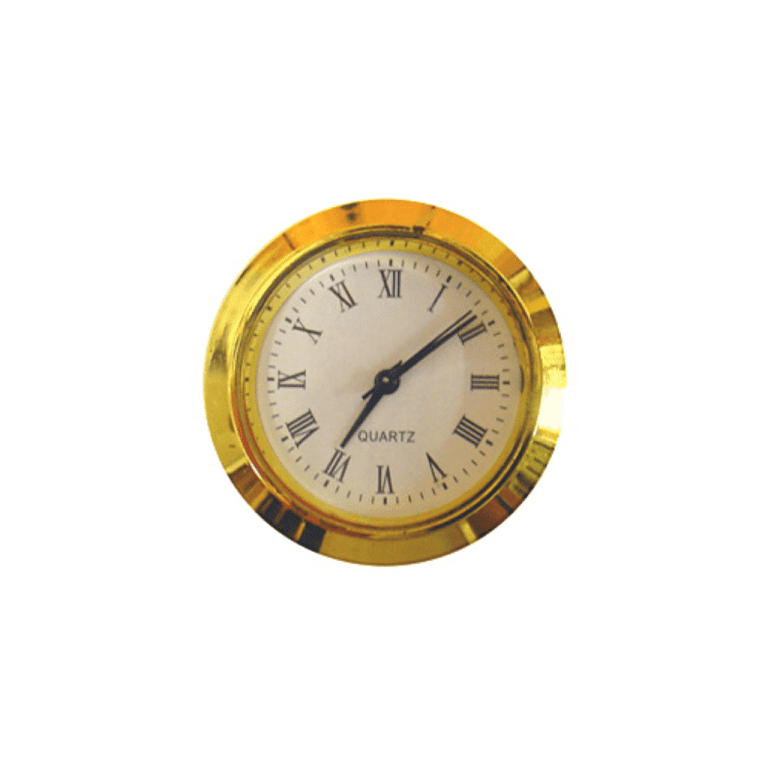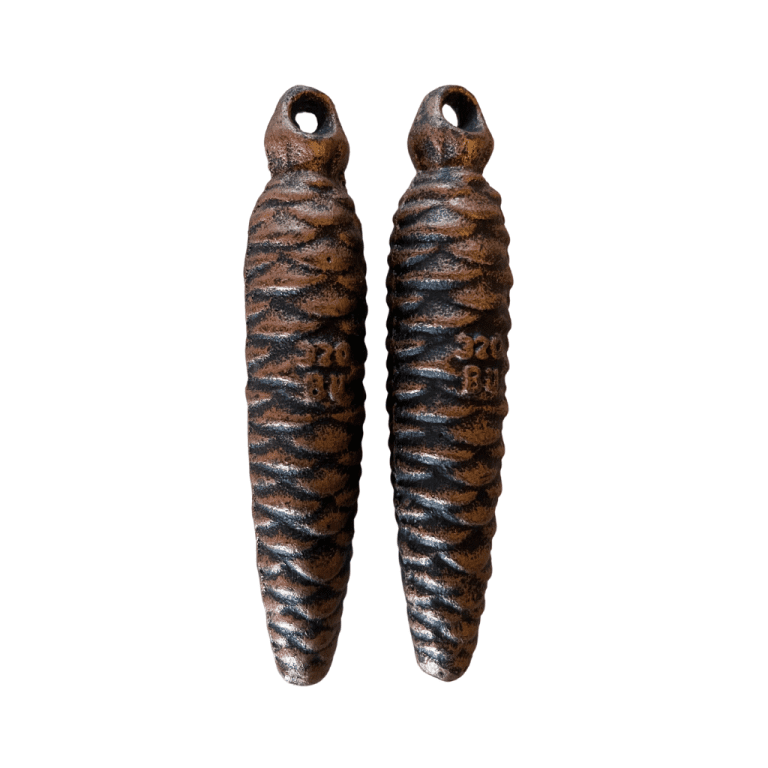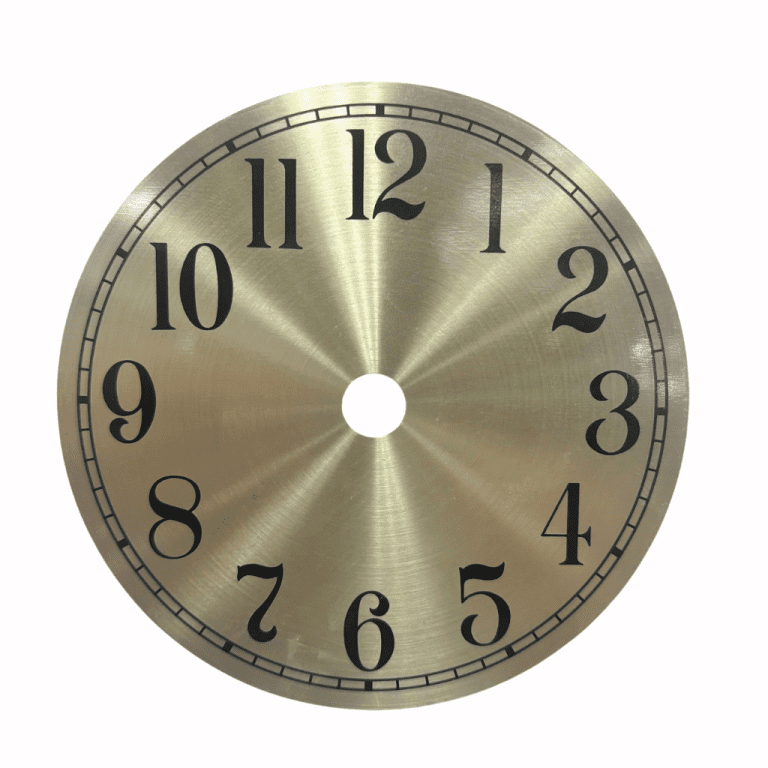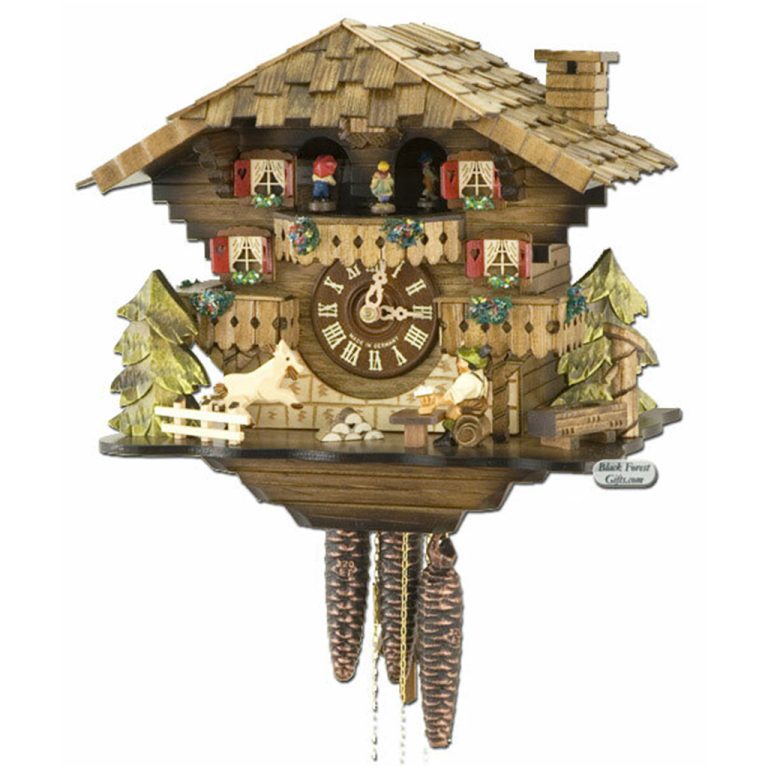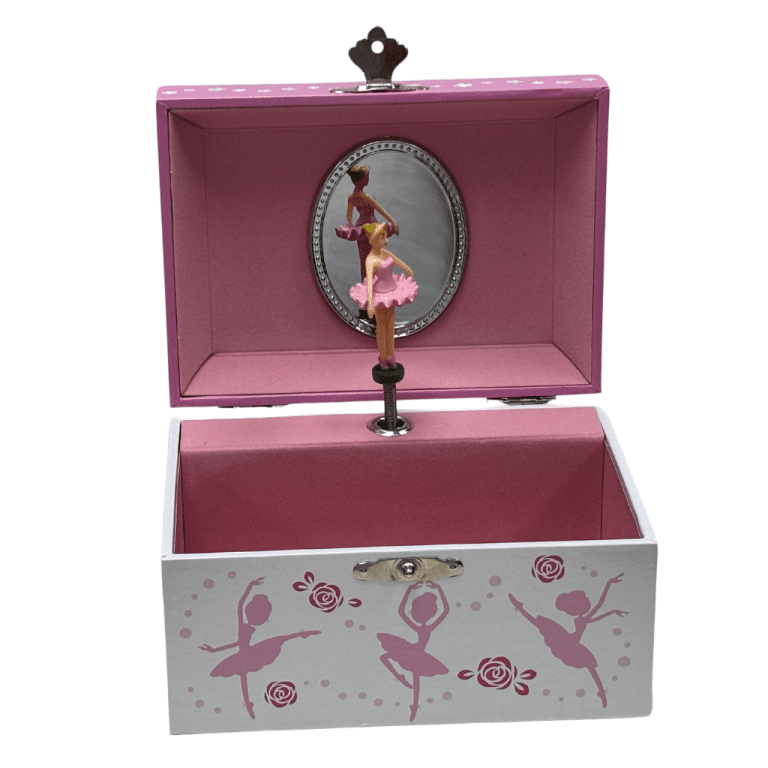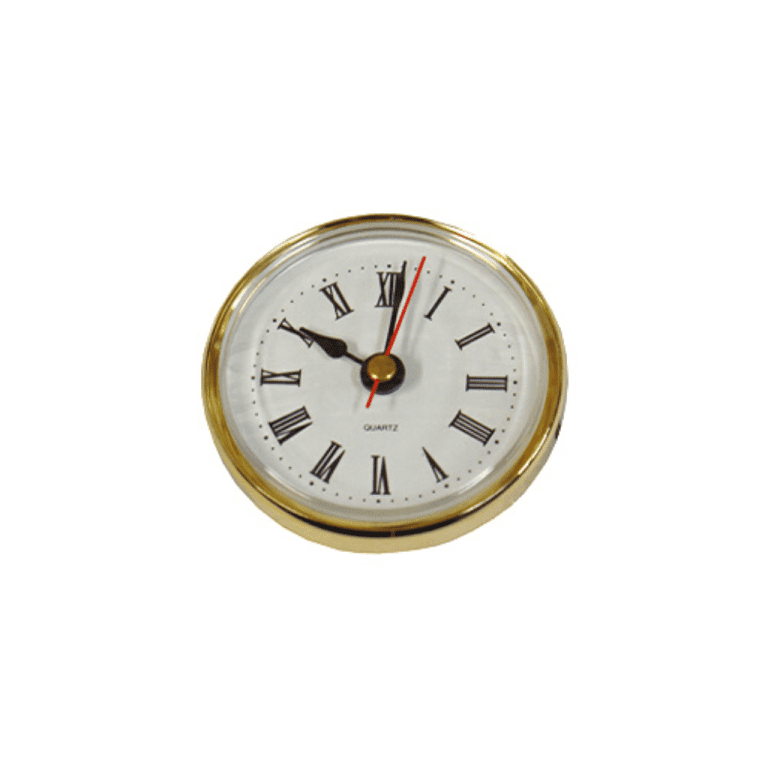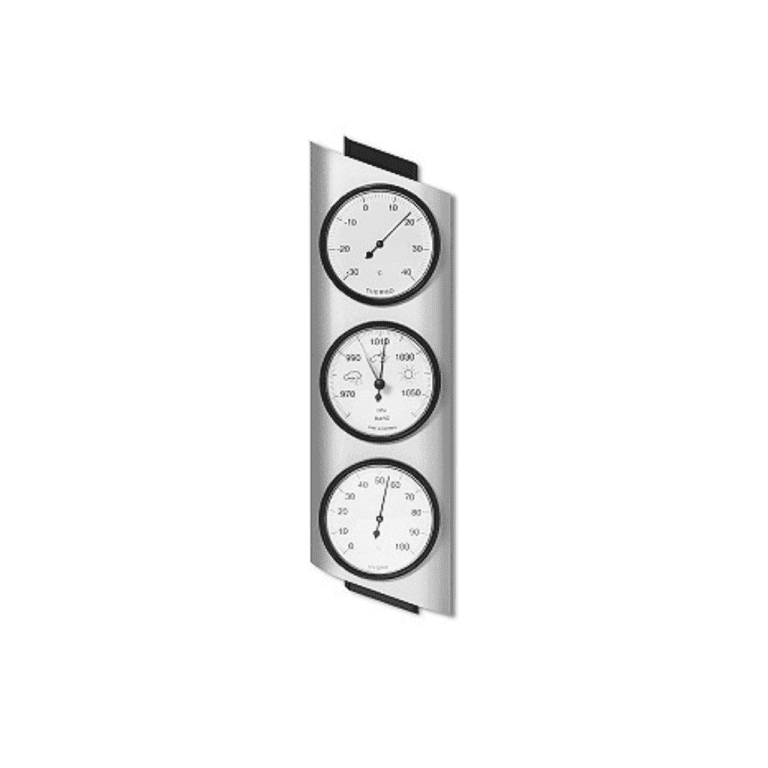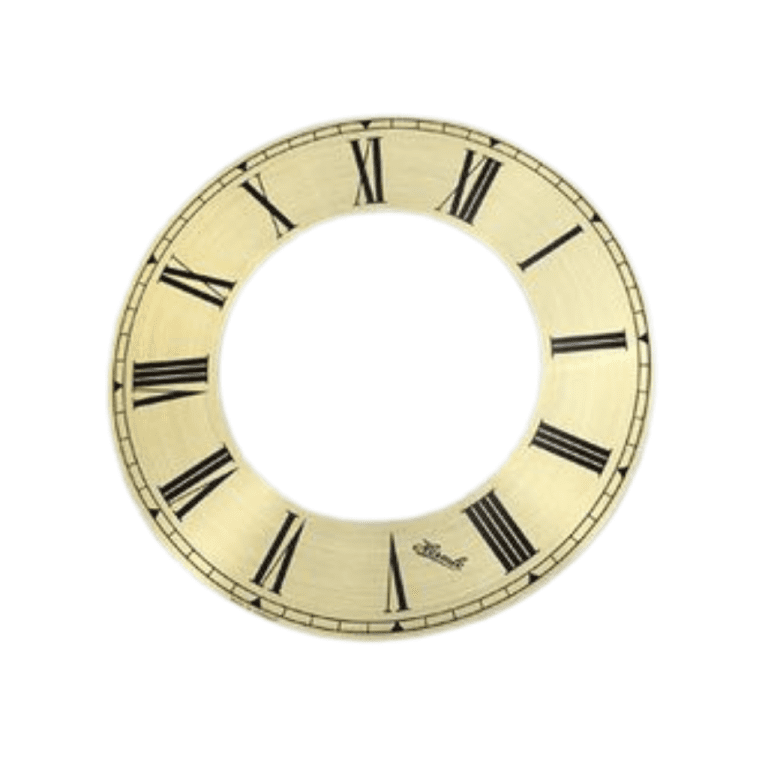The best type of watch to learn the time on is an analog watch. Here’s why:
Why Analog Watches Are Best for Learning Time
- Teaches Clock Reading Skills
- Analog watches have an hour hand, a minute hand, and sometimes a second hand.
- This helps children and beginners understand how time passes and how to read it accurately (e.g., “quarter past,” “half past,” “ten to…”).
- Builds Number and Time Awareness
- Seeing numbers 1 to 12 and understanding their positions helps with number recognition and the concept of 60 minutes in an hour.
- Develops Time-Telling Vocabulary
- Learners pick up important phrases like:
- “Quarter to 3”
- “Half past 1”
- “Five minutes past 7”
- Learners pick up important phrases like:
- Encourages Understanding of Time Segments
- It helps children visualize the parts of an hour and how long tasks take.
- This builds stronger time management skills later on.
Tip: Choose a Learning-Friendly Analog Watch
Look for these features:
- Clear numbers on the face
- Minute markers (especially every 5 minutes)
- Color-coded hands (e.g., red for hour, blue for minute)
- Labels like “past” and “to” to guide learning
Digital Watches Aren’t Ideal at First
Digital watches show time like “4:25,” which doesn’t explain the relationship between hours and minutes. Learners can read the time, but they don’t understand how it works.
Perfect for Kids
Children aged 5 to 10 benefit most from analog watches with labeled faces, often found in teaching watches from brands like Flik Flak, Timex, or EasyRead.
In Short:
An analog watch with clear markings is the best tool for learning how to tell the time—it teaches more than just reading the numbers; it builds real understanding of how time works.

